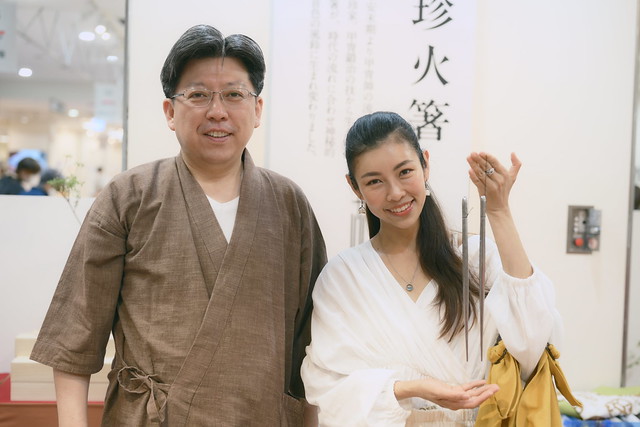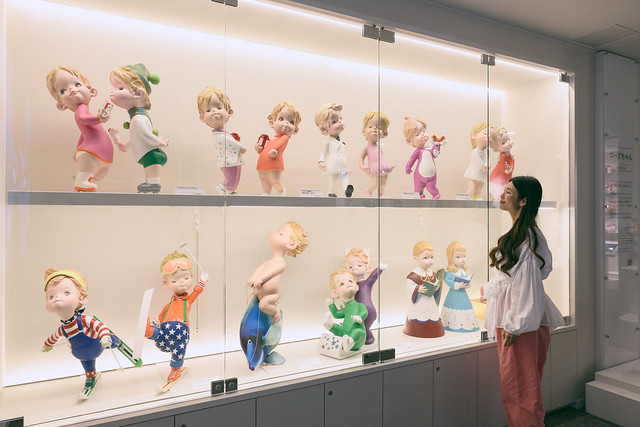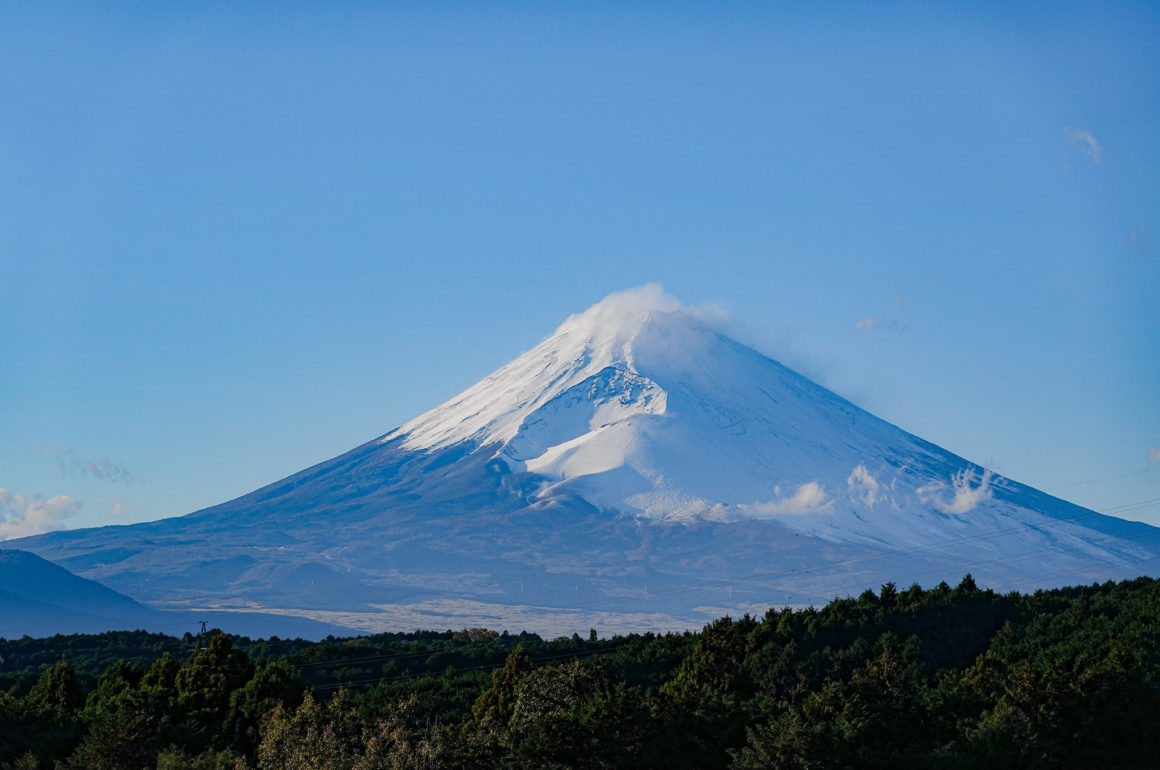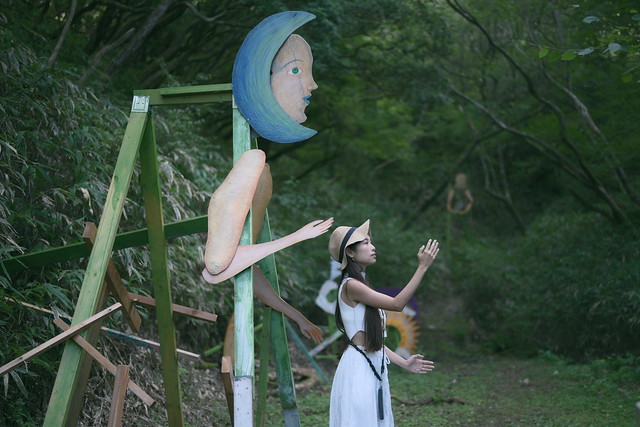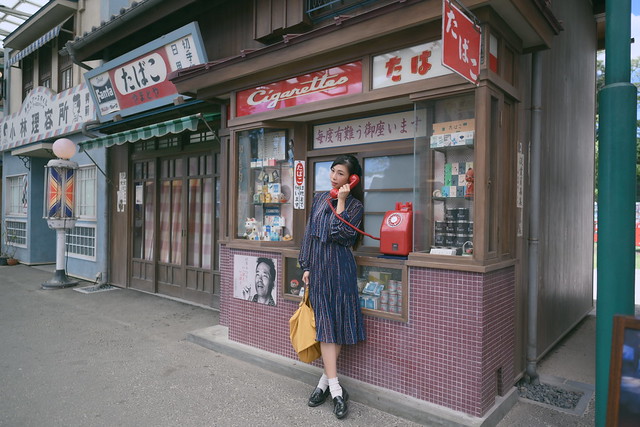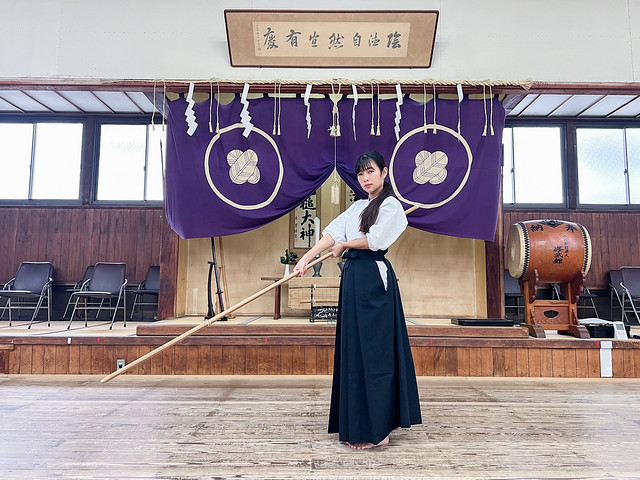
When you type the phrase “Itami City” into Google and hit search, the first few pages that turn up are all flight and hotel booking information.
That’s right, very few know Itami more than just it being home to an airport and a pit stop between transits, while having the limelight stolen by the world-recognized Kansai International Airport nearby. To add to its agony, despite the name “Osaka International Airport (Itami)”, the airport is neither international (in present days), nor located in Osaka. Right now it serves only domestic flights, and is technically situated in Hyogo Prefecture.
All these confusions have left Itami shrouded in the unknown, and it is no wonder the historical city does not get the love it deserves when it comes to sightseeing attention.
So why bother taking the extra time to explore the city? Well, as a Japan-addict favoring the lesser known allures over mainstream tourist spots, here I am to assure you that Itami is one of those off the beaten path destinations that has lots of surprises awaiting, for you making the extra effort to get to know it deeper.
Alright, let’s start digging in.
Sake Brewery Stroll
When it comes to sake brewing, Hyogo Prefecture reigns supreme being the top producer in Japan. Itami City is known as the birthplace of clear sake called morohaku sumizake, which flavors were widely preferred compared to the conventional (back then) nigorizake–cloudy sake. Itami is said to have popularized mass production of seishu (refined sake) in Japan.
Walking down the streets of Itami feels like flipping through the pages of its sake brewing history. Sake lovers will be delighted to find an array of museums, stores and breweries with a long history to impress. Drop by Itami City Museum of Art, History and Culture for an eye-opening tour to discover the oldest sake brewery structure in Japan and learn about the history of sake brewing in Itami.

Itami, the birth place of clear sake in Japan.
Oimatsu Brewery with over 300 years of history is worthy of a visit too. Being one of the most prestigious sake makers in town, they take pride in brewing sake dedicated to the shogunate and the imperial family back in the Edo period.

Oimatsu Brewery
If you have some extra time, don’t forget to check out Shirayuki Brewery Village Chojugura established in 1550 by the family of Konishi Brewing Company, now succeeded by the 15th generation. What an impressive family legacy!

Shirayuki Brewery Village Chojugura
The renovated facility features a restaurant on the first floor and on the second, you can find exhibitions of sake brewing tools from yesteryears.

I had fun transforming myself instantly into a “toji”–master brewer, by putting on a “happi” coat and posing with this 3D trick art.

Enjoy pizza baked with sake lees in the dough, over a glass of sparkling nigori-zake.
I was impressed by Shirayuki’s aim to provide an environment based on the four themes “gaku yu shoku raku” (学遊食楽), namely “learn, play, savor and have fun” to welcome visitors. One particular sight I specially enjoyed was the nigori-zake being served pouring from an unusually high position without spilling a single drop. Coupled with delicious pizza, that made a really unique gourmet experience!
Shubukan Naginata Experience
As a big fan of traditional cultures of Japan, I would recommend the Naginata experience at Shubukan for those looking for an immersive experience to touch the deep soul of Japan. Allow me to set the stage.
In 1786, a private dojo was established by a sake brewer in Itami for masterless ronin samurai to train and learn swordsmanship to protect themselves, in a time where the Tokugawa shogunate was in power. However, as Meiji Restoration entered the history, sword-wearing was prohibited and kenjutsu were banned, leading to a quick decline in martial arts. But for over 200 years, the Konishi family–yes, the same sake brewing company from the above–endured and pushed through the most grueling challenges, including having the dojo engulfed in flames by air raids during WWII.

Shubukan, Itami City.
In 1950, the dojo, known as the Shubukan then, was rebuilt and later became the headquarters of the All Japan Naginata Federation. It stands proudly today to welcome anyone, including overseas guests to take a peek into deep Japanese cultures for the revival of precious Japanese martial arts.

Similar to kendo, the uniform worn is almost identical, but the weapon used is entirely different.
Here you can experience naginata-jutsu, an art of self-defense that was originally practiced by samurai, yamabushi (mountain ascetics) and onnna-musha (female warriors) in ancient time, but was popularized in the Edo Period as a symbol of nobility to distinguish women of samurai families.

A traditional naginata is a pole-weapon with single-edged blade on the end. For practice, you use a wooden pole.
Donned in a dougi, I took a bow alongside my teacher towards the altar where the Shinto deities are honored. Immediately I could sense the dignified air of the dojo. We practiced a few basic forms, which to me was incredibly challenging to master in the span of a short hour, but deep inside, I could feel that every simple movement seems to carry a deep meaning behind. It was something that transcends just the mere practice of self defense, into the realm of spirituality.
And to me that’s what’s so beautiful about traditional Japanese martial art. I hope the traditions will continue to thrive for generations to come.
Midori En Tea Ceremony Experience
Sado, or the tea ceremony, is in many ways similar to budo (martial arts). Although less physically demanding (or not… depending how good one is with kneeling in seiza position), it is a practice that requires mental clarity and stillness from within. In other words, both art forms are in their own ways very spiritual.

Tea ceremonies are a great introduction to the intricate cultures of Japan.
While most first time tourists may call it a day after putting on a fancy kimono, sipping a cup of warm matcha served with pretty wagashi and securing enough selfies, superficial experiences may leave seasoned travelers feeling the thirst for something deeper. After all, true sado is not something you can do on an a mobile app over a tall Starbucks frappuccino.
To be honest, I have joined enough forms of tea ceremonies by now to discern a “touristy tea session” from something that’s genuinely deeper. In my own experience, Midori En should scratch that itch for those looking for an authentic cultural experience.

Midori En, Itami City.
Established in 1902, the Japanese tea store and classroom hosts experiences for both regulars and tourists.
I had the honor to join an actual tea ceremony lesson with some of Midori En’s devoted students, learning to appreciate all that is presented by the host–pondering the deep meanings behind the calligraphy scroll on the wall, bowing over to admire and give the tiny chashaku tea scoop its due diligence, and inching on the tatami gracefully while maintaining a seiza position…
The first tea ceremony experience could more often than not be overwhelming for many, and that’s the case for myself. But I think that once you get the hang of it, it is an endless journey from then on towards one’s spiritual growth.

Artfully inspecting the natsume–a tea container.
I hope you enjoyed the untold stories of Itami City so far. I was delighted to have discovered yet another hidden gem of Japan, and hope that the next time you decide to venture into the Kansai Region, you would give it a chance to pop by Itami City, which is just a stone’s throw away from Osaka.
Itami is a city brimming with rich cultural heritage that would not have existed to this day without generations of traditions that have withstood the test of time, which to me, says a lot about Japanese people’s dignity and perseverance given this proclaimed era of instant gratification.
PS: If you enjoy this article or find it helpful, it would mean the world if you could help me support Japan by buying a daikon!


